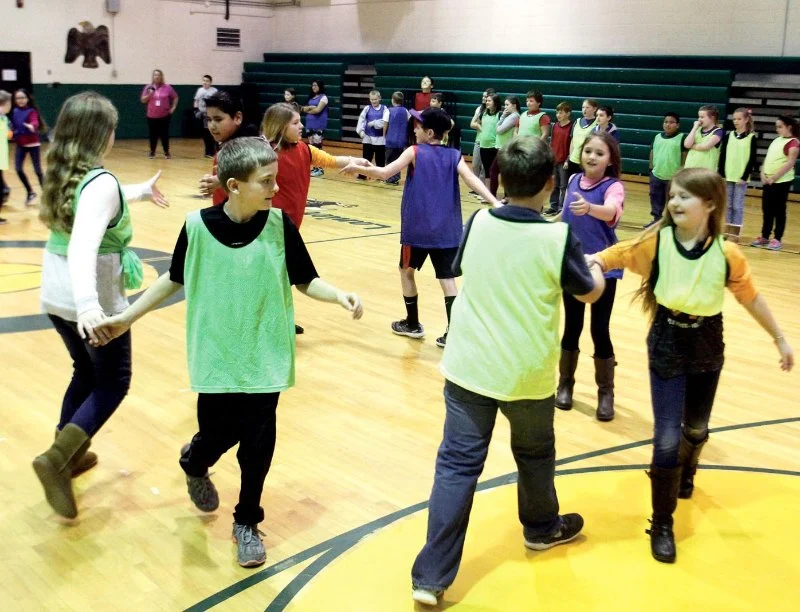
- 1. History of Square Dancing in Schools
- 2. The Benefits of Square Dancing for Students
- 3. Square Dancing as a Social Activity
- 4. The Cultural Significance of Square Dancing
- 5. Why Schools Continue to Teach Square Dancing
- 6. Explore Dance Classes at American Dance Academy
1. History of Square Dancing in Schools
Square dancing, a lively and organized form of folk dance, has been a staple in American schools for many decades. Its origins trace back to European settlers in the 18th century, who brought their traditional dances to America. Over time, square dancing became a popular social activity, and its energetic steps and structured patterns made it a perfect fit for classroom instruction.
In the early 1900s, physical education teachers began incorporating square dancing into school curriculums to promote physical activity in a fun and engaging way. The rise of square dancing in schools was further solidified during the 1940s and 1950s, when it became a key element of the broader folk dance movement in America.
2. The Benefits of Square Dancing for Students
Square dancing is not just about learning steps and patterns; it offers numerous benefits to students, both physically and mentally. Some key advantages include:
- Physical Fitness: Square dancing is an excellent way for students to engage in cardiovascular activity while having fun. It improves flexibility, strength, and coordination through its varied movements and tempos.
- Improved Balance and Coordination: The precise movements required in square dancing help students develop better balance and coordination. These skills transfer to other activities, making square dancing an effective tool for improving overall motor skills.
- Stress Relief: Dancing, in general, has been shown to reduce stress and anxiety. Square dancing’s rhythmic and repetitive motions help release endorphins, promoting a sense of well-being among students.
3. Square Dancing as a Social Activity
One of the unique aspects of square dancing is its emphasis on social interaction. Unlike solo dancing, square dancing involves teamwork and communication. It requires students to work with a partner or as part of a group, making it an ideal activity for developing social skills and fostering a sense of community.
Through square dancing, students learn valuable lessons in cooperation, listening, and communication. These skills are vital for building positive relationships and enhancing social experiences in both school and beyond. Additionally, square dancing encourages inclusivity, as everyone can participate, regardless of experience or ability level.
4. The Cultural Significance of Square Dancing
Square dancing is more than just a physical activity—it is a cultural experience. It is deeply rooted in the history of the United States and represents a unique part of the country’s cultural heritage. By teaching square dancing in schools, students gain exposure to an important part of American history and tradition.
Beyond the American context, square dancing is also enjoyed in other parts of the world, each with its own variations. Teaching square dancing in schools not only honors American traditions but also provides students with an appreciation for cultural diversity and global dance forms.
5. Why Schools Continue to Teach Square Dancing
Despite changes in trends and the growing popularity of modern dance styles, schools continue to teach square dancing for several important reasons:
- Engagement in Physical Education: Square dancing offers an enjoyable way to engage students in physical education classes. It provides an alternative to other sports and encourages students who may not be interested in team activities to participate in physical fitness.
- Inclusive Activity: Square dancing is highly adaptable to students of all skill levels, making it an inclusive activity that promotes teamwork and cooperation without requiring advanced physical abilities.
- Educational Tradition: Square dancing remains an essential part of the physical education curriculum in many schools because it connects students to the cultural history of their nation and community.
6. Explore Dance Classes at American Dance Academy
If you're looking to explore square dancing further or want to try other dance styles, visit American Dance Academy for expert-led dance classes. Whether you're interested in learning square dancing or another form of traditional or contemporary dance, our experienced instructors provide a welcoming environment for dancers of all levels.
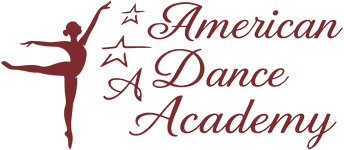
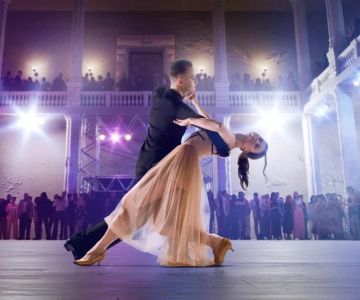
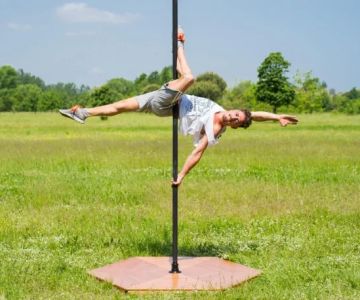
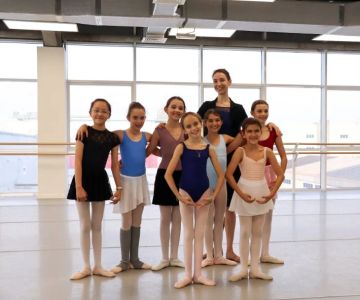
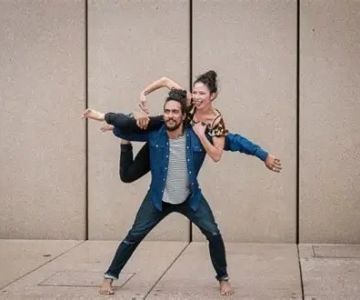

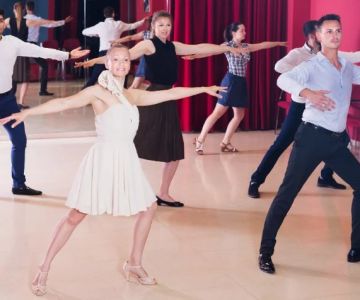
 Barrington Dance Academy5.0 (22 reviews)
Barrington Dance Academy5.0 (22 reviews)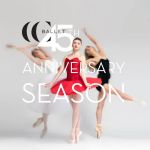 Canyon Concert Ballet4.0 (17 reviews)
Canyon Concert Ballet4.0 (17 reviews)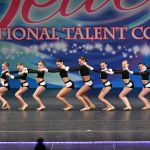 Big City Dance Center LLC4.0 (25 reviews)
Big City Dance Center LLC4.0 (25 reviews)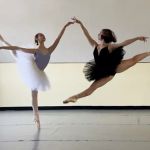 Tye Chua Dance & Kalamazoo Ballet5.0 (18 reviews)
Tye Chua Dance & Kalamazoo Ballet5.0 (18 reviews)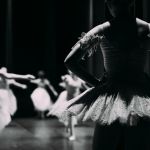 Fenton Ballet Theatre4.0 (24 reviews)
Fenton Ballet Theatre4.0 (24 reviews) Front Street Dance Center5.0 (7 reviews)
Front Street Dance Center5.0 (7 reviews)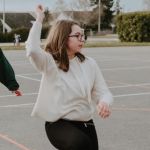 Are There Dances in Middle School? What Students and Parents Should Know
Are There Dances in Middle School? What Students and Parents Should Know How a Dance School in Instagram Builds Community and Success
How a Dance School in Instagram Builds Community and Success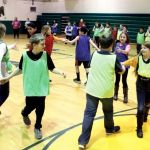 Why Do Schools Teach Square Dancing?
Why Do Schools Teach Square Dancing?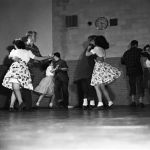 Why Was Square Dancing Taught in School?
Why Was Square Dancing Taught in School? Why Swing Dance Is Popular for Adults
Why Swing Dance Is Popular for Adults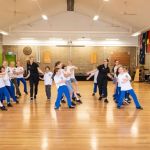 A School Dance: How to Prepare, Shine, and Make It Unforgettable
A School Dance: How to Prepare, Shine, and Make It Unforgettable